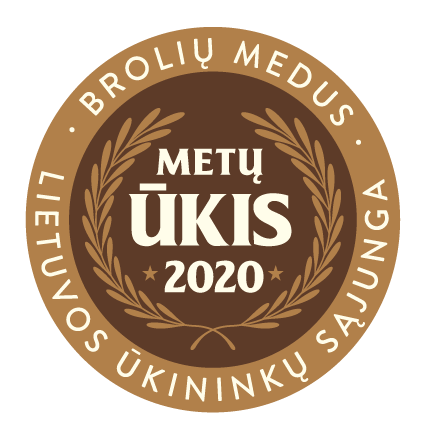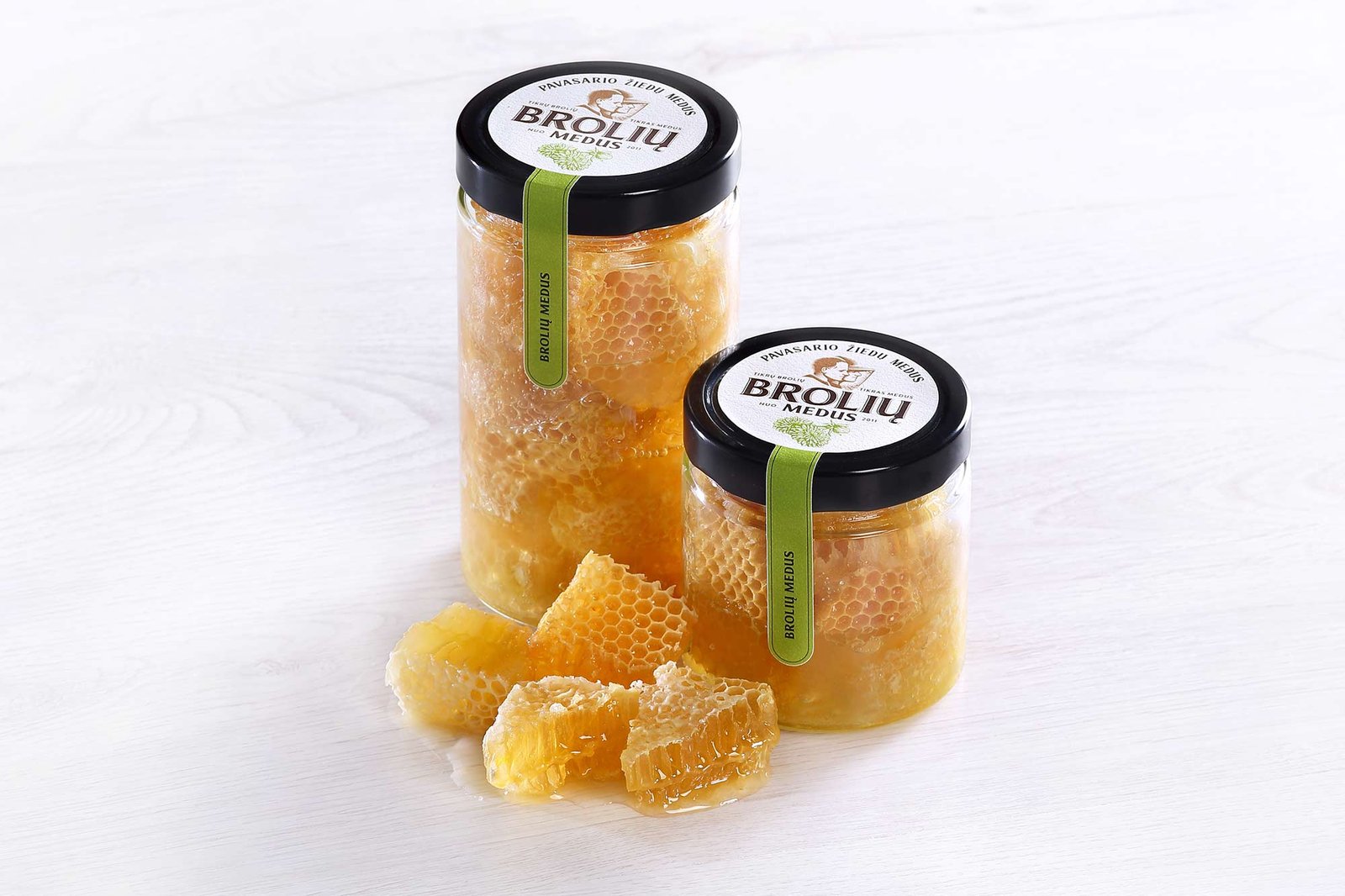Using honey to treat illness is a method as old as the world itself, and recipes from folk medicine around the world often incorporate honey in the ingredient list. Many are probably familiar with the customary and most delicious method of consuming honey — through the mouth and into the stomach. A great and delicious method. However, because honey has been around for thousands of years, people have come up with many ways of consuming it: drinking, licking, applying, rubbing and so on. So, here are a few interesting and useful recipes with honey for your good health and beauty.
The honey treatment in various cultures
Honey has been known to exist for about 8,000 years. The first histo
rical sources that mention the use of honey date back to the Stone Age. Honey was also widely used by the Egyptians, Romans, Greeks and Chinese as well as in Ayurvedic medicine.
- In the Ayurvedic tradition, honey was widely used both externally and internally: treating diseases and burns of the skin, applying compresses for eyes, improving heart function and soothing a worried mind. Vedic scripture describes honey as one of nature’s greatest gifts to mankind.
- The Egyptians used honey as an ingredient in almost all of their medicines. What is more, they used honey to embalm their dead.
- • The great Greek scientist Hippocrates also used honey widely: treating wounds, diseases of the digestive tract, inflammations of the respiratory tract and even baldness, as well as using it as a contraceptive.
- In the Islamic culture, honey was described as a very healthy drink. Avicenna even recommended honey for treating tuberculosis.
- During World War I, in Russia, honey was used to disinfect wounds and stimulate healing.
Of course, when there was no modern medicine to speak of, people used everything they could. However, some properties of honey remain valued and have even been confirmed by scientific research.
Treatment with honey in modern medicine
The benefits of honey have been most widely researched. The conclusion — that its most potent effect is antibacterial. Its antibacterial properties in the fight against various bacteria and fungi have been confirmed by many scientific studies.
Scientific studies have shown that honey compresses on open wounds did not stick to wounds and prevented them from oozing. Honey also helped wounds heal faster and tissues recover better, reducing scarring. No infection or contamination was observed when applying honey directly to open wounds.
We have written about how diabetes and honey are related and stomach acidity and honey in our previous posts. With regard to the benefits of honey for the digestive tract, we would also like to mention that it helps restore the gut microbiome (especially after a course of antibiotics) and heal wounds and ulcers.
The strong antioxidative effect of honey and other substances of small molecular mass that it is composed of, it is suitable for cosmetic purposes as well, i.e., improving skin and hair condition.
Recipes from folk medicine
- Allergy. Some scientists claim that local honey can alleviate the symptoms of seasonal allergies. So, if you’re suffering from hay fever or something similar, try to give yourself some relief with Lithuanian honey. Drink a cup of tea sweetened with it or simply enjoy straight of the spoon.
- Obesity, weight disorders. Lithuanian honey can help you lose weight the sweet way. It speeds up metabolism, is a great substitute for sugar, increases the good bacteria in the gut and normalises blood sugar levels. A spoonful of honey is recommended in the morning with a glass of warm water. Of course, don’t forget to eat healthy and exercise regularly.
- Hair conditioner-mask. Hollywood stars claim that honey will turn your hair shiny and glossy within half an hour. Mix a spoonful of honey, an egg yolk and a drop of oil (olive, avocado, coconut, almond, etc.), massage everything into your hair and scalp, wrap in a warm towel and keep for 30 minutes. Then wash your hair with shampoo and cool water. This recipe can also work as a treatment for dandruff.
- Moisturising cream. Because honey has strong antioxidative properties, lots of vitamins and minerals, beauty specialists claim that it is ideal for taking care of dry and sensitive skin. Lithuanian honey will soften and moisturise cracked and scaly skin, and it can serve as a great lip chap! Honey can also alleviate symptoms of psoriasis, dermatitis and other diseases that affect the condition of the skin.
- Cold sores. If you feel a soreness setting in at the edge of your lips, the pharmacy is already closed, and you don’t have anything appropriate in your home medicine cabinet – no worries. Honey will not only alleviate the soreness (those who have tried it say that it works even more effectively than most medications), it will also stimulate healing.
- Dry skin or lips. You don’t have to do anything special with honey. Simply apply it to a patch of dry skin or your lips and leave it on for half an hour or more. Then wash the honey off with lukewarm water.
- Cellulite. A honey massage can help soften skin and make cellulite less noticeable. Rub the honey into your thighs and buttocks and slowly tap your way across by pressing your hands to your skin and then lifting them. It’s not the most pleasant sensation and requires some skill, but people say it helps.
These are just some of the interesting and useful applications of honey. Try them out and share your experience with us! Perhaps you’ve tried a folk recipe of your own that you found surprisingly effective? Write to us in the comments. We can’t wait to see your answers. Be healthy, happy and beautiful!
Our honey for your good health and beauty
Buckwheat honey
€4.90 – €9.10
Linden honey – summer flower honey
€5.20 – €9.20
Spring honey — spring flower honey
€4.50 – €8.60
Honeycomb
€4.80 – €8.20
Honeydew honey – the honey of autumn flowers
€5.20 – €9.30
Sources:
- Eteraf-Oskouei, T., & Najafi, M. (2013). Traditional and modern uses of natural honey in human diseases: a review. Iranian journal of basic medical sciences, 16(6), 731–742.
- Khan SU, Anjum SI, Rahman K, Ansari MJ, Khan WU, Kamal S, Khattak B, Muhammad A, Khan HU. Honey: Single food stuff comprises many drugs. Saudi J Biol Sci. 2018 Feb;25(2):320-325. doi: 10.1016/j.sjbs.2017.08.004. Epub 2017 Aug 16. PMID: 29472785; PMCID: PMC5815988.











